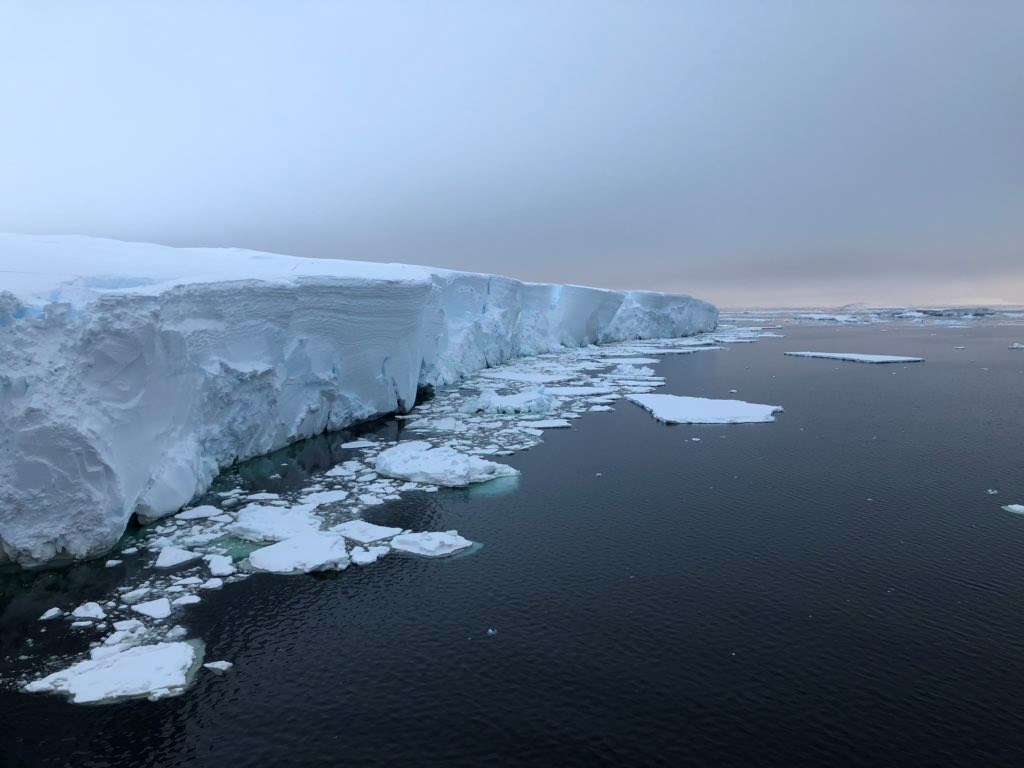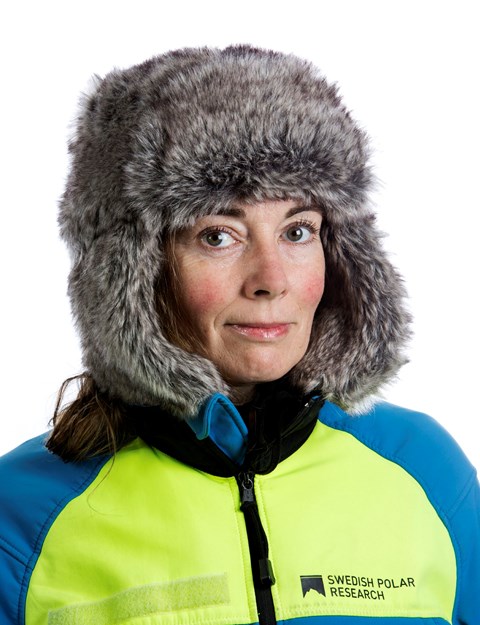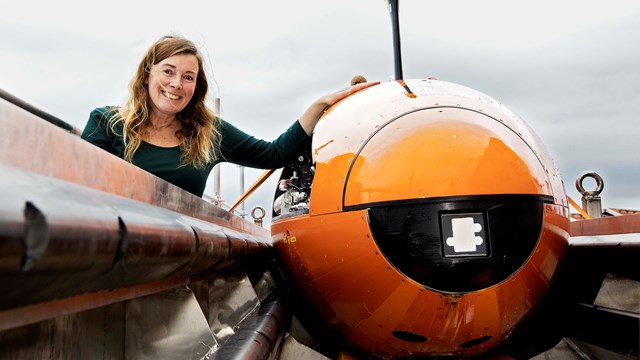Swedish researchers make new measurements of the Thwaites Glacier in Antarctica

Anna Wåhlin is a professor of Oceanography at the University of Gothenburg. In January, she will participate in an expedition on the American research vessel Nathaniel B. Palmer. The goal is to continue research on what happens beneath one of the largest floating glaciers in Antarctica, the Thwaites Glacier, using the autonomous underwater vehicle Ran.
"During the 2019 expedition, we were the first in the world to reach under Thwaites Glacier with our autonomous underwater vehicle Ran. The result was large amounts of exciting data from underneath the ice", says Anna Wåhlin.
Where will the next expedition take place?
"The expedition takes place on the American research vessel Nathaniel B. Palmer. We depart from Punta Arenas in Chile on 2 January, and we will be in the Amundsen Sea, a coastal area in Antarctica."
Why are you studying this geographical area?
"This area has the key to the water level of the future. There is a lot of water bound in the ice sheet on land, while the floating parts of the glaciers on this coast have decreased relatively rapidly in recent years. There is a connection between the floating glaciers and the ice on land, but we do not fully understand the physics behind this. That is the main reason why the forecasts for future water levels have significant uncertainties."
What measurements will you make?
"We will measure ocean currents, temperature, salinity, and various chemical properties of the seawater under the floating glaciers."
What role does Sweden play in the expedition?
"In addition to me, Li Ling from KTH participates and Anders Sjövall and Mark Symons from the company MMT. We will contribute with our robot, the autonomous underwater vehicle Ran, owned by the University of Gothenburg. RAN has an important role in the expedition, so Sweden will significantly contribute."
What are you hoping for with the expedition?
"We hope to understand how much heat transport the sea contributes to the glaciers, and what happens under the big ice. We know where the water comes from, and we have an estimate from 2019 on heat transport. We hope for now to visit the same places, repeat what we did in 2019, and get a more detailed picture of the processes under the ice. We have a couple of new instruments that measure the ice from below and take pictures of the boundary layer between ice and sea."
Why is this research important?
"If we succeed, we will be able to get more reliable forecasts for future water levels. Overall, I think it is important to understand what is happening on our planet. Not many observations have been made in the polar regions, and much is still unknown."
What do you look forward to the most?
"I am most looking forward to the research and the exciting data we will collect under the ice!"


